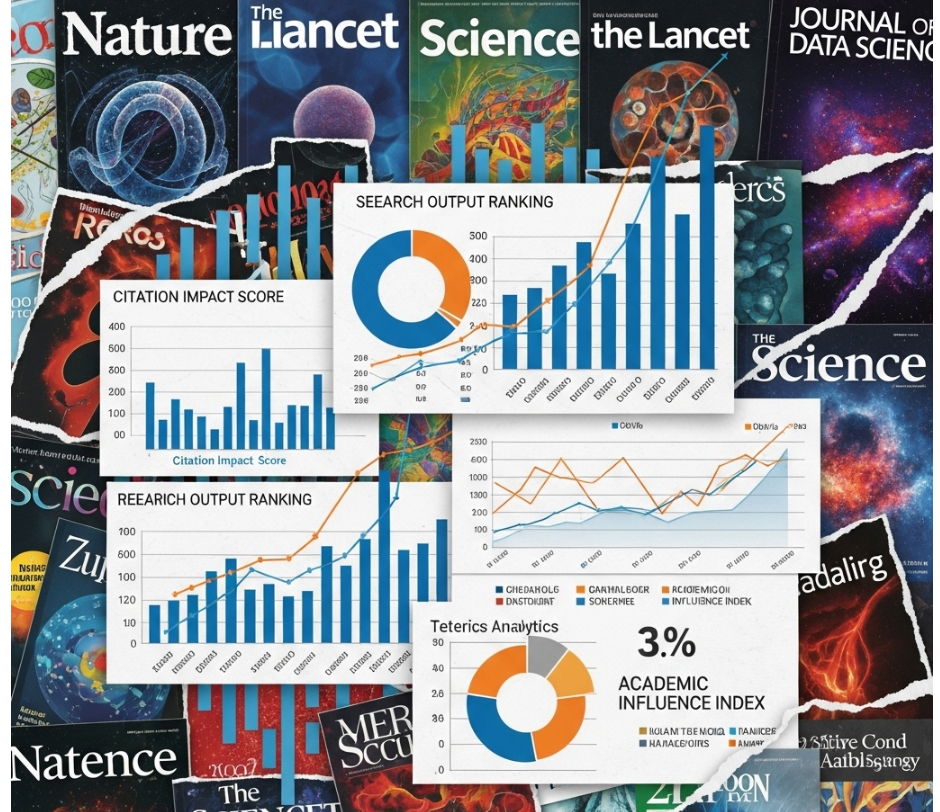

77 views||Release time: Sep 09, 2025
In the world of academic research, the term "top journal" is used frequently, but what does it actually mean? For early-career researchers and PhD students, understanding how to identify these elite publications is essential for career advancement, securing funding, and making a significant impact in their field.

Simply put, a top journal is a scholarly publication recognized within its specific academic discipline for having the highest reputation, the most significant influence, and the most rigorous standards for quality and peer review. Publishing in a top journal is considered a major career accomplishment. This guide will break down the quantitative metrics and qualitative factors that define a top-tier academic journal.
The status of a journal is determined by a combination of objective data (quantitative metrics) and community consensus (qualitative factors). Relying on just one aspect can be misleading, so a balanced assessment is crucial.
These are the data-driven indicators used to rank and compare journals.
This is the most common and practical way to assess a journal's rank. Journals within a specific subject category are ranked by an impact metric (like JIF or CiteScore) and then divided into four equal parts, or quartiles.
Q1 (Quartile 1): The top 25% of journals in a field. A Q1 journal is almost universally considered a top journal.
Q2 (Quartile 2): The next 25% (from 25% to 50%). These are considered high-quality, reputable journals.
Q3 (Quartile 3): The 50% to 75% group.
Q4 (Quartile 4): The bottom 25%.
The two primary systems for quartiles are the Journal Citation Reports (JCR) by Clarivate and Scopus.
These metrics measure the average number of citations received by articles in a journal over a specific period.
Journal Impact Factor (JIF): Published by JCR (Web of Science), this is a long-standing metric that measures the average citations over a two-year period.
CiteScore: Published by Scopus, this metric measures the average citations over a four-year period.
Important Note: It is crucial to compare these scores only between journals in the same field. A top journal in mathematics will have a much lower Impact Factor than a top journal in medicine, but both are considered leaders in their respective disciplines.
Data alone doesn't capture the full picture. The reputation and esteem of a journal within the academic community are equally, if not more, important.
Peer Recognition & Academic Reputation: This is the most vital qualitative measure. What journals do the leading experts and senior professors in your field read, publish in, and recommend? This community consensus is often the true test of a journal's standing.
Prestigious Publishers & Sponsoring Societies: Journals published by highly respected academic societies (e.g., IEEE, ACM, ACS) or renowned publishing houses (e.g., Nature, Science, Cell, The Lancet) carry an inherent mark of quality.
High-Profile Editorial Board: A journal's editorial board should be composed of internationally recognized leaders in the field. Their presence signifies a commitment to high standards.
Rigorous Peer Review: Top journals are known for their demanding and insightful peer review process. While it can be a challenging experience for authors, this rigor is what maintains the journal's high quality.
Consult Databases: Use JCR and Scopus to check the quartiles and impact factors of journals you are interested in.
Ask Your Advisor and Colleagues: This is the golden rule. Your mentor and senior colleagues have invaluable experience and can provide the best guidance for your specific sub-field.
Analyze Reference Lists: Look at the bibliographies of the most important papers in your research area. Where are the foundational and cutting-edge articles being published?
Follow the Leaders: Identify the top researchers in your field and see where they consistently publish their best work.
A "top journal" is ultimately a blend of strong quantitative metrics and respected qualitative standing. While Q1 status and a high impact factor are excellent indicators, the consensus of the research community is what truly cements a journal's reputation. For any researcher, the goal is not just to publish in a journal with high numbers, but to publish in one that will effectively reach and be respected by the right audience for your work.